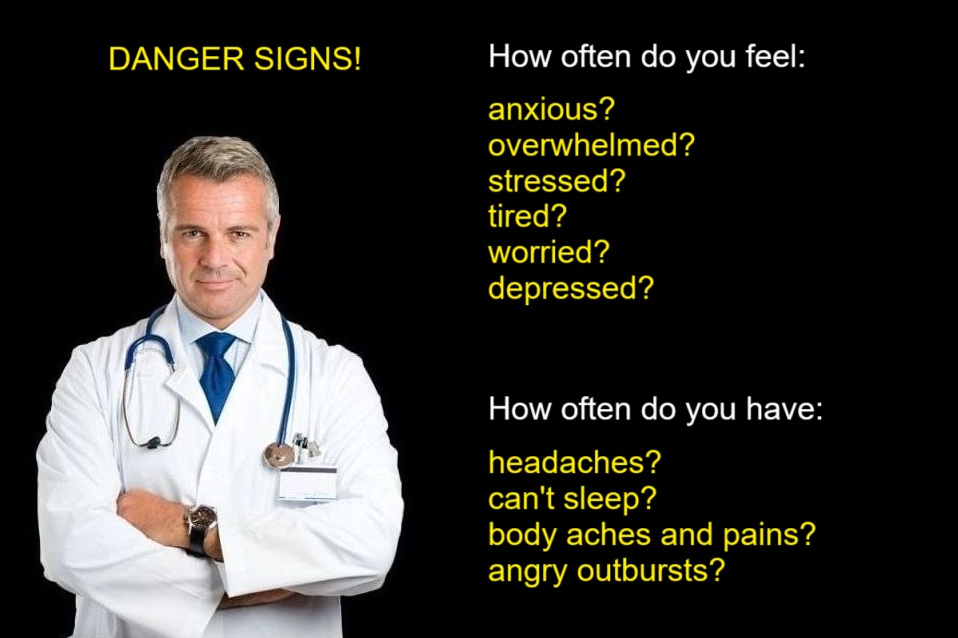Schizophrenia, a chronic brain disorder that affects a person’s ability to think, feel, and behave clearly, has long been shrouded in stigma and misunderstanding. While not a new phenomenon, its impact on young adults and middle-aged individuals presents a growing challenge in our modern world. This article aims to shed light on the complexities of living with schizophrenia, exploring its manifestations, the hurdles faced by those affected, and the available resources and treatment options that offer hope for a better quality of life. It is crucial to understand that schizophrenia is not a single entity but rather a spectrum of disorders with varying degrees of severity and presentation.
Recognizing the nuances of schizophrenia is vital, especially considering the articles previously explored in this series. While anxiety and depression (covered in articles 1 and 2) are more widely discussed and often perceived as more relatable, schizophrenia presents unique challenges due to its impact on perception, thought processes, and reality testing. Unlike PTSD (article 3), which stems from a specific traumatic event, schizophrenia arises from a complex interplay of genetic, environmental, and neurobiological factors. It’s also distinct from Borderline Personality Disorder (BPD), discussed in article 5, which primarily affects emotional regulation and interpersonal relationships, although both conditions can sometimes co-occur or be misdiagnosed. Understanding these distinctions is important to better appreciate the challenges faced by individuals with schizophrenia and their families (as highlighted in article 6).
Understanding the Symptoms: A Spectrum of Experiences
The symptoms of schizophrenia can be broadly classified into three categories: positive, negative, and cognitive.
- Positive Symptoms: These symptoms involve distortions or excesses of normal functioning and are often the most noticeable manifestations of the disorder. They include:
- Hallucinations: Experiencing sensory perceptions in the absence of external stimuli. Auditory hallucinations (hearing voices) are the most common, but visual, tactile, olfactory, and gustatory hallucinations can also occur.
- Delusions: Firmly held false beliefs that are not based in reality and are resistant to change even when presented with contradictory evidence. Common delusions include persecutory delusions (belief that one is being harmed or harassed), grandiose delusions (belief that one has exceptional abilities or importance), and referential delusions (belief that external events are specifically directed at oneself).
- Disorganized Thinking (Thought Disorder): Difficulty organizing thoughts and expressing them logically. This can manifest as rambling speech, incoherent sentences, frequent topic changes (derailment), or inventing new words (neologisms).
- Disorganized Behavior: Unpredictable or inappropriate behavior that can range from childlike silliness to agitation and aggression. This may also include unusual motor movements, such as catatonia (a state of immobility or stupor).
- Negative Symptoms: These symptoms involve a reduction or absence of normal functioning and often contribute significantly to the long-term disability associated with schizophrenia. They include:
- Flat Affect: Reduced expression of emotions through facial expressions, tone of voice, and body language.
- Alogia: Reduced speech output or difficulty speaking fluently.
- Avolition: Lack of motivation or interest in activities, difficulty initiating and persisting in goal-directed behaviors.
- Anhedonia: Inability to experience pleasure.
- Social Withdrawal: Reduced interaction with others and a tendency to isolate oneself.
- Cognitive Symptoms: These symptoms involve difficulties with attention, memory, and executive functions (such as planning, problem-solving, and decision-making). They can significantly impair a person’s ability to function in daily life and pursue educational or vocational goals.
- Attention Deficits: Difficulty focusing and maintaining attention.
- Memory Impairments: Difficulty learning and remembering new information.
- Executive Dysfunction: Difficulty planning, organizing, and problem-solving.
It’s important to remember that individuals with schizophrenia experience a unique combination of these symptoms, and the severity of symptoms can vary over time. The course of schizophrenia typically involves periods of acute symptom exacerbation (psychotic episodes) followed by periods of relative stability.
Challenges Faced by Young Adults and Middle-Aged Individuals
The onset of schizophrenia typically occurs in late adolescence or early adulthood, often disrupting crucial developmental milestones. For young adults, this can mean derailed education, difficulty establishing meaningful relationships, and challenges in securing stable employment. The impact on identity formation and the development of a sense of purpose can be profound.
Middle-aged individuals who develop schizophrenia, or who have lived with the condition for many years, face different but equally significant challenges. They may struggle with maintaining long-term relationships, managing finances, and coping with the long-term effects of medication and the social stigma associated with the illness. They may also face increased risk of co-occurring medical conditions and premature mortality.
The Role of Stigma and Discrimination
Stigma and discrimination remain pervasive barriers for individuals with schizophrenia. Negative stereotypes and misconceptions about the illness often lead to social isolation, difficulty finding housing and employment, and reluctance to seek treatment. Internalized stigma, where individuals with schizophrenia internalize negative beliefs about themselves, can further erode self-esteem and contribute to feelings of hopelessness.
Treatment and Support: A Path to Recovery
While there is currently no cure for schizophrenia, effective treatments are available that can significantly reduce symptoms and improve quality of life. A comprehensive treatment plan typically involves a combination of:
- Antipsychotic Medications: These medications help to reduce positive symptoms such as hallucinations and delusions. Newer-generation antipsychotics have fewer side effects and are often preferred.
- Psychotherapy: Cognitive Behavioral Therapy (CBT) can help individuals with schizophrenia manage their symptoms, challenge negative thoughts, and develop coping skills. Social skills training can improve social functioning and communication skills. Family therapy can provide support and education to family members, helping them to better understand and cope with the challenges of living with a loved one with schizophrenia.
- Supported Employment and Education: These programs help individuals with schizophrenia find and maintain employment or pursue educational goals.
- Assertive Community Treatment (ACT): ACT teams provide comprehensive, integrated services to individuals with severe mental illness in their own communities. These teams typically include psychiatrists, nurses, social workers, and other professionals who work together to provide individualized care and support.
Hope for the Future
While living with schizophrenia presents significant challenges, it is essential to remember that recovery is possible. With appropriate treatment and support, individuals with schizophrenia can lead fulfilling lives, maintain meaningful relationships, and contribute to their communities. Ongoing research into the causes and treatments of schizophrenia offers hope for even more effective interventions in the future. By raising awareness, reducing stigma, and promoting access to evidence-based care, we can create a more supportive and inclusive society for individuals living with schizophrenia and their families.












